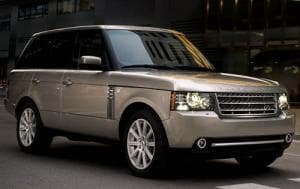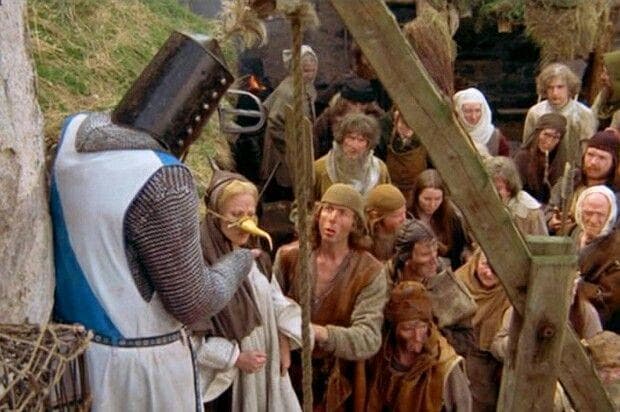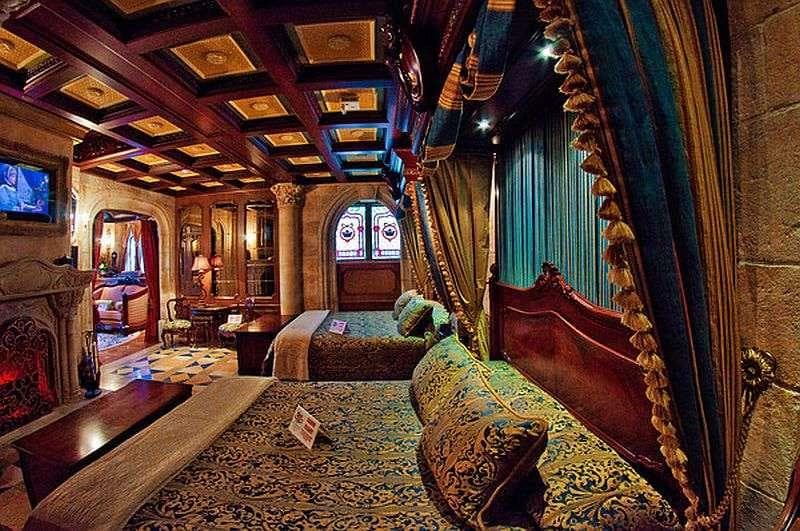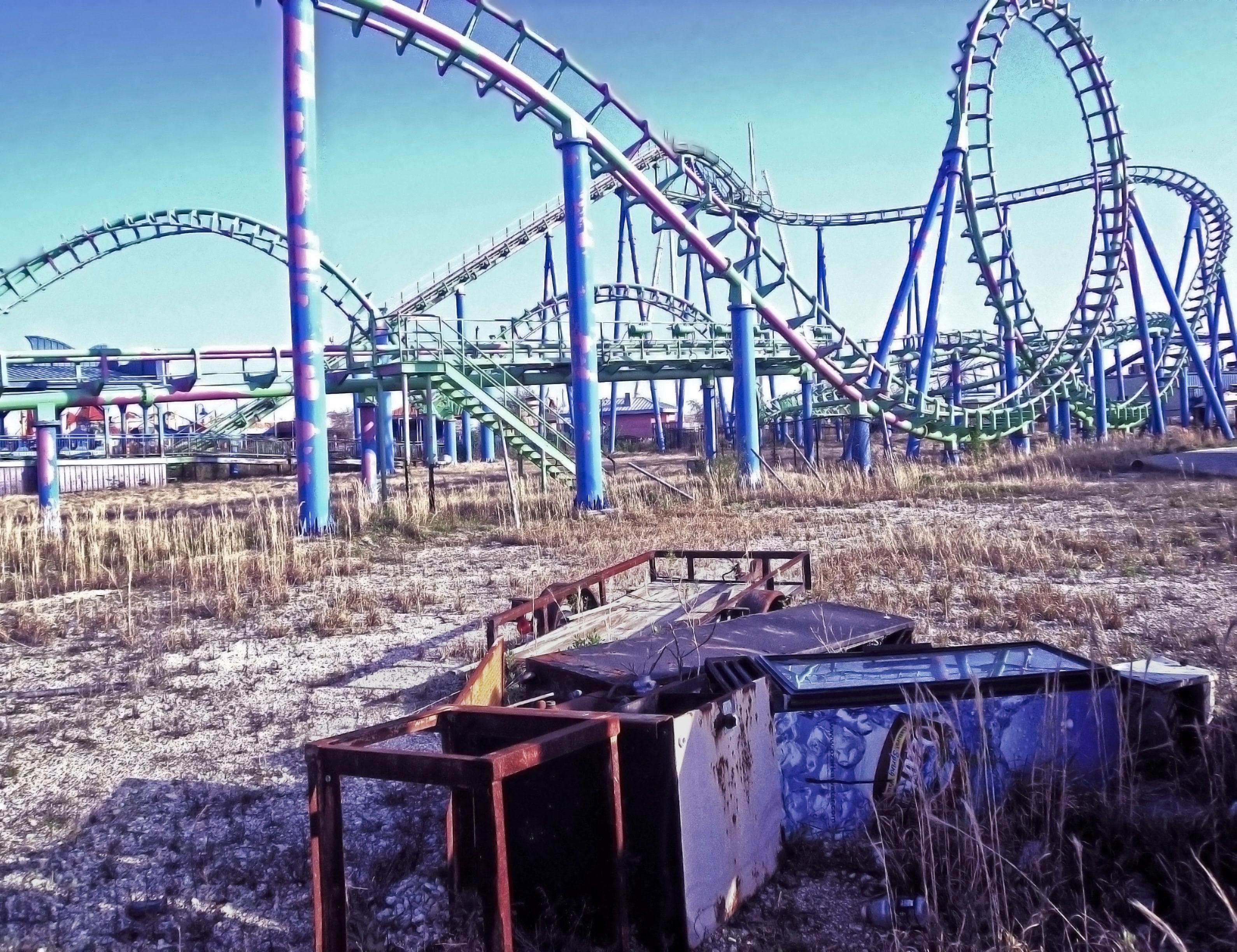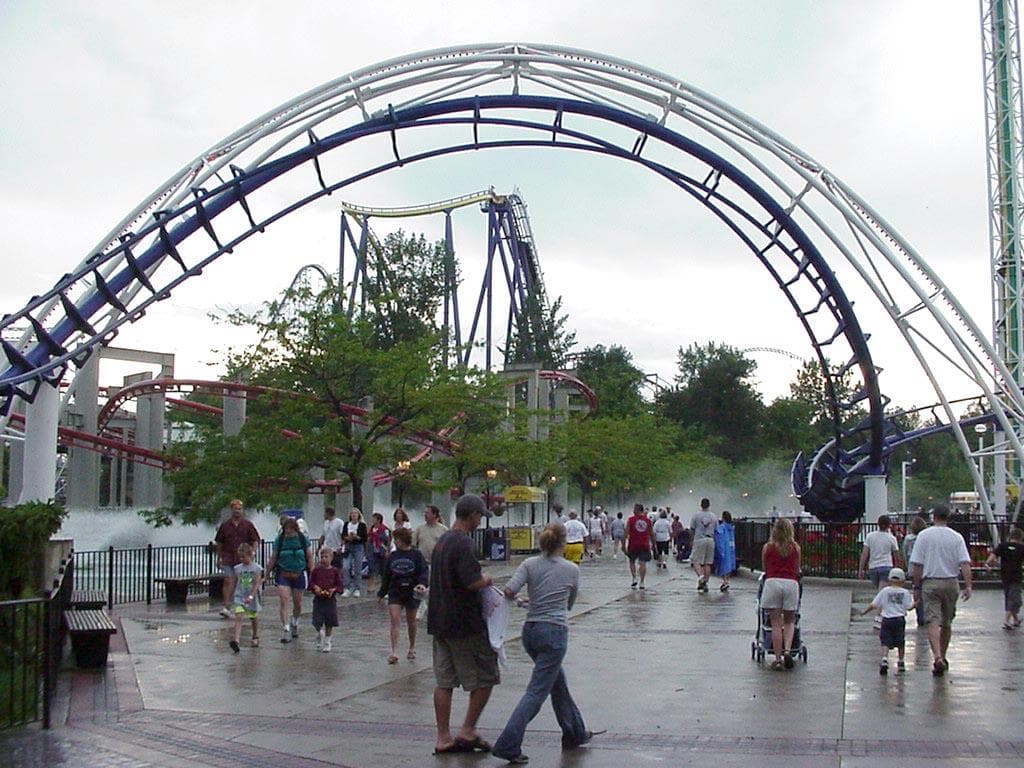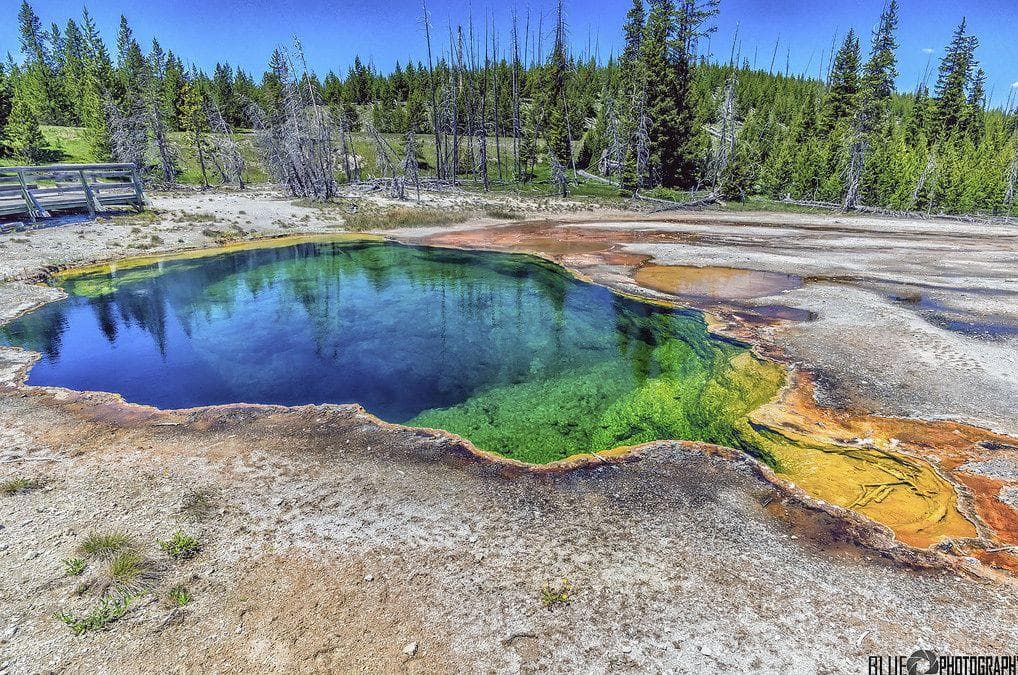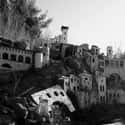-
(#11) Holy Land Founder John Greco Was Once Rejected From A Seminary
Born in 1895, Holy Land founder John Baptist Greco spent his early life in Waterbury, CT, before his family moved back to their native home in Italy. Greco later returned to the US as an adult, and attempted to enter a Roman Catholic seminary. However, when they rejected his application due to his poor health, he shifted focus and began studying law at Yale on a full scholarship.
After he became a lawyer, Greco continued to indulge his religious interests by founding Catholic Campaigners for Christ, a group that eventually helped him bring his theme park to life.
Greco spent his adulthood in Connecticut, and to this day, his photograph hangs in the abandoned Holy Land chapel.
-
(#12) Holy Land Embodied An Inclusive Space For The Community
After allegedly finding inspiration in a message from God, John Baptist Greco decided to build a religious theme park. A spiritual man, Greco wanted to create a space where everyone in his community felt welcome. "He wanted a place for all people to sit and be peaceful," Holy Land's grounds chairman Bob Chinn once noted. According to Greco, people of all races, genders, and creeds could come enjoy themselves free of charge.
-
(#1) Holy Land USA Was Built By Hand With Donated Scrap Material
In 1953, John Baptist Greco purchased Pine Hill, a 17.7 acre plot of land in Waterbury, CT, with plans to build a religious theme park.
Three years later, Greco erected a 32-foot-tall crucifix on the site in front of a crowd of 1,000 onlookers. After that, Catholic Campaigners for Christ (Greco's organization) used the Bible as reference to create a miniature town they named Bethlehem Village.
To construct the attraction, the group relied on donated and salvaged cement, wire, plywood, statues, mannequins, and real soil from Jerusalem. Old appliances and bathtubs also appeared in Biblical scenes.
This project eventually spiraled out to become Holy Land USA. Since Greco was actively employed as a lawyer during construction, work on Holy Land was relegated to weekends and afternoons.
-
(#5) At Its Peak, Holy Land USA Received Around 40,000 Annual Visitors
On December 1, 1958, Bethlehem Village, a precursor to Holy Land USA, officially opened to the public. Thanks to owner John Greco's idea to advertise on the radio and in travel brochures, news of the park spread quickly. Local school groups visited for tours and newspaper reviews helped drum up interest.
As the park added more attractions, Bethlehem Village changed its name to Bible Park. Eventually, Greco created a model for Holy Land USA's giant, Hollywood-inspired hillside sign, ushering in the theme park's definitive name.
Holy Land USA peaked in the 1960s and '70s, at which time it drew in around 40,000 visitors every year. Although Greco encouraged $0.50 donations for parking, admission was free of charge, as local churches hosted collections that made enough money to keep Holy Land running.
-
(#9) Nuns Took Control Of The Park After The Owner Passed Away
In the 1970s, the Archdiocese of Hartford sent two nuns from the Religious Teachers of Filippi to help John Baptist Greco maintain the park's operations. The sisters lived in a convent just outside the grounds and assisted with running the gift shop and leading tours.
After the park closed and Greco passed away, Holy Land USA was officially given to the nuns, as per Greco's will. They decided not to reopen the park, possibly fearing potential lawsuits from injured visitors.
The nuns attempted to maintain the park by clearing brush and painting rocks, but this required money they didn't have, and the remains of Holy Land fell further into disrepair.
-
(#10) Before Holy Land, John Greco Spent His Time Building Nativity Scenes
Before he opened Holy Land USA, John Baptist Greco founded the Catholic Campaigners for Christ in 1934 to help spread the good word. The group held street sermons and created nativity scenes from scratch using materials they found around town. These construction skills eventually allowed the organization to create Holy Land USA.
During the late '30s, the group collaborated with the Civilian Conservation Corps, bringing Greco into contact with government-issued filmstrips made to educate workers. Greco noticed how they used entertainment to educate, and decided to expand his nativity project's scale.
New Random Displays Display All By Ranking
About This Tool
In 1958, John Greco from Waterbury built a Christian theme park out of second-hand materials. Surprisingly, this theme park was very popular in the 1960s and 1970s, attracting more than 40,000 tourists every year. The main sights include a miniature of Bethlehem, the birth of Jesus, Jerusalem, the Passion of Jesus, and a fifty-foot-high cross, as well as many Bible chapters carved in stone.
In 1984, in order to renovate and expand the park, Mr. Greco decided to temporarily close the park, but he passed away two years later and the park never opened again. The random tool introduced 14 historical facts about this abandoned theme park.
Our data comes from Ranker, If you want to participate in the ranking of items displayed on this page, please click here.


